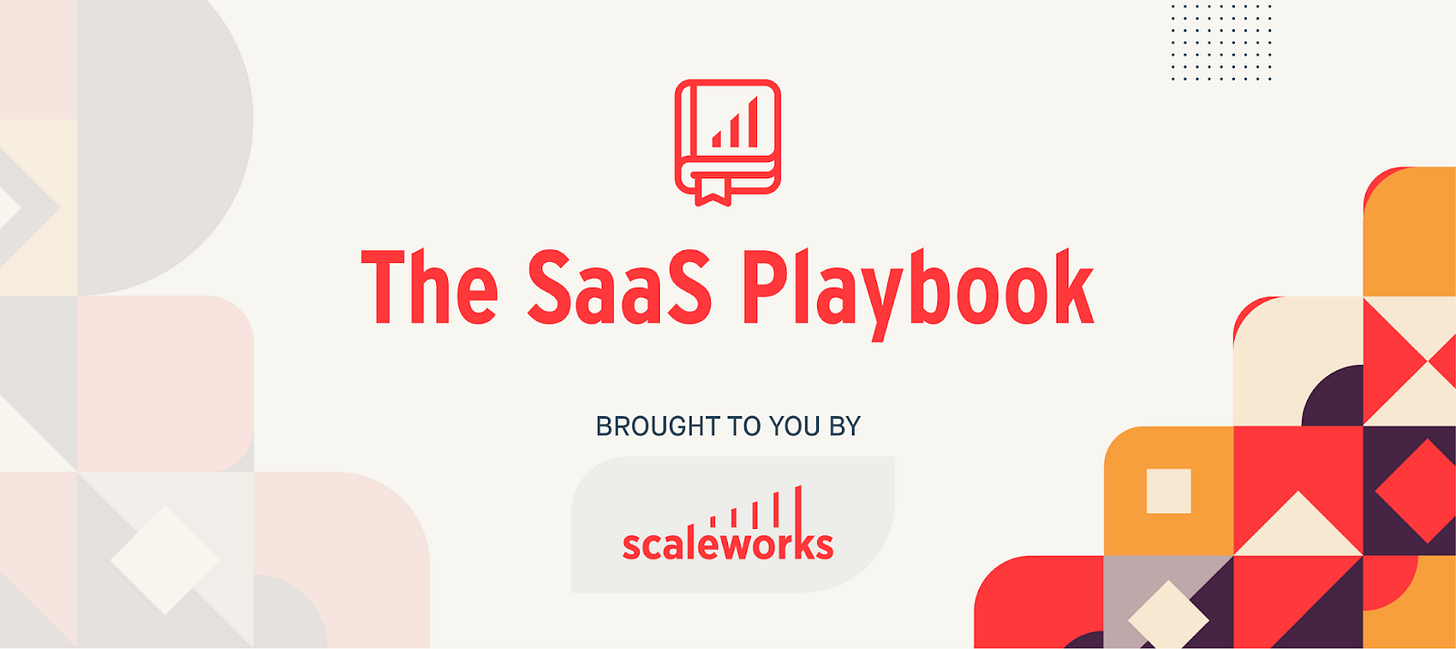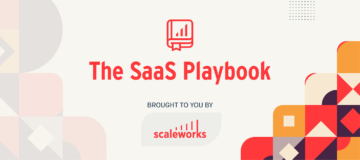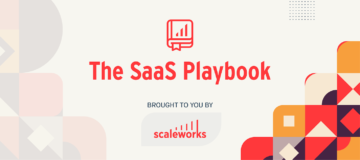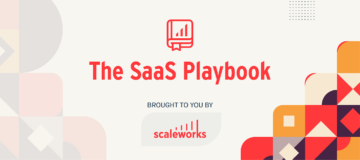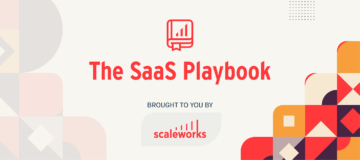Welcome back to The SaaS Playbook, a bi-weekly rundown of the top articles, tactics, and thought leadership in B2B SaaS. Not a subscriber yet?
🔧 For a while, many venture investors avoided vertical software because they felt its comparatively small markets would not produce target VC outcomes. That has of course changed in recent years, and CRV does a nice job of outlining why. They use the example of auto repair software – with 167k auto repair shops in the US and the lower priced players charging $2.7k a year, you conservatively have a ~$440M TAM (not the $1B+ venture gets excited about). But over time these software are able to further specialize and innovate within their verticals, both creating more solutions (more things to charge for) and improving their current offerings (giving them the ability to charge more), thus growing their TAM. What CRV is most excited about in vertical software is embedded commerce. Using the same example, embedded commerce would be selling auto parts directly through auto repair software, putting your website, booking system, POS, etc. all in one place.
⚙️ While he doesn’t live in the world of software, Peter Rojas, founder of the gadget blog, Gizmodo, is another proponent of niche (or vertical) markets. In a recent interview, he explained why the creation of the web was the catalyst that made niche markets available, as prior to the web the cost to publish was too expensive to target anything but the largest demographics. Rojas admits that a more niche market comes with significantly less competition, and most of the growth Gizmodo has seen came from the gadget market growing as a whole, not acquiring customers from some other publication.
🧾 Everyone knows most startups register as Delaware C Corps, but does anyone actually know why? If you need to ask (for a friend of course) this is a quick read that covers the different corporate structures and when each makes the most sense. The tl;dr: C Corps reign supreme because they have the advantage of no K-1s, favorable tax breaks, and familiarity amongst investors. There is really only one notable drawback – corporate income tax. At the federal level that’s 21%, plus whatever your state rate is. However, unless you are using your startup to generate cash (if your goal is acquisition or IPO then you are probably reinvesting profits for growth), this won’t have a major impact on you.
🔍 It’s common knowledge that early adopters are key to getting your product feedback cycle rolling, but where should you look for them? In a recent episode of the Growth Stacking Show, host Dan Martell spoke with Cruise CEO Luca Stirbat (a carpooling app) about how they are approaching their search for early adopters. Cruise is an early stage company that just finished development, so getting customers to take a chance on them without existing validation had been especially hard. Cruise’s value proposition is offsetting companies’ carbon emissions by linking up their employees to carpool, so he suggests researching the CSR (corporate social responsibility) policies of local businesses to identify those whose values would align with their product. Moral of the story – understanding the core problem your business solves and targeting businesses who deal with it the most frequently will always be your best bet for finding your first customers.
⏲️ Our latest read is Working Backwards, which goes into extreme detail on Amazon’s operating model, the challenges they faced after going public, and the innovative strategies they used to get to where they are today. While the book covers a wide range of topics, its section on time management is probably the most applicable to founders of all company sizes. Their key to time management doesn’t involve the classic time blocking sort of tips you might think – for Amazon, time management starts with getting the most out of meetings. Every meeting, the organizer creates a narrative heavy memo (no more than six pages) which all attendees are given 20 minutes to read at the start of the session. This ensures everyone involved has all the context they need to participate, and the rest of the meeting is efficiently spent diving into the material and addressing questions.
- SEO Powered Content & PR Distribution. Get Amplified Today.
- Platoblockchain. Web3 Metaverse Intelligence. Knowledge Amplified. Access Here.
- Source: https://thesaasplaybook.substack.com/p/-the-future-of-vertical-software
- acquisition
- ADvantage
- All
- Amazon
- app
- articles
- auto
- B2B
- BEST
- Blog
- business
- businesses
- carbon
- carbon emissions
- Cash
- ceo
- charge
- charging
- Commerce
- Common
- company
- competition
- Corporate Social Responsibility
- Creating
- cruise
- CRV
- Current
- Customers
- deal
- Delaware
- Demographics
- detail
- Development
- Early
- early adopters
- early stage
- Emissions
- employees
- etc
- executive
- Federal
- First
- founder
- founders
- future
- Giving
- good
- Growing
- Growth
- How
- HTTPS
- identify
- Impact
- improving
- Income
- innovative
- Interview
- Investors
- involved
- IPO
- IT
- Job
- Key
- knowledge
- latest
- Leadership
- Level
- local
- local businesses
- major
- management
- Market
- Markets
- meetings
- model
- Offerings
- operating
- Other
- players
- policies
- PoS
- Product
- profits
- public
- publish
- range
- REST
- SaaS
- Search
- sense
- shops
- SIX
- small
- So
- Social
- Software
- Solutions
- Stage
- start
- startup
- Startups
- State
- Story
- Supreme
- system
- tactics
- TAM
- Target
- tax
- The Future
- the world
- thought leadership
- time
- tips
- top
- Topics
- us
- value
- VC
- venture
- web
- Website
- WHO
- within
- world
- year
- years
- youtube

